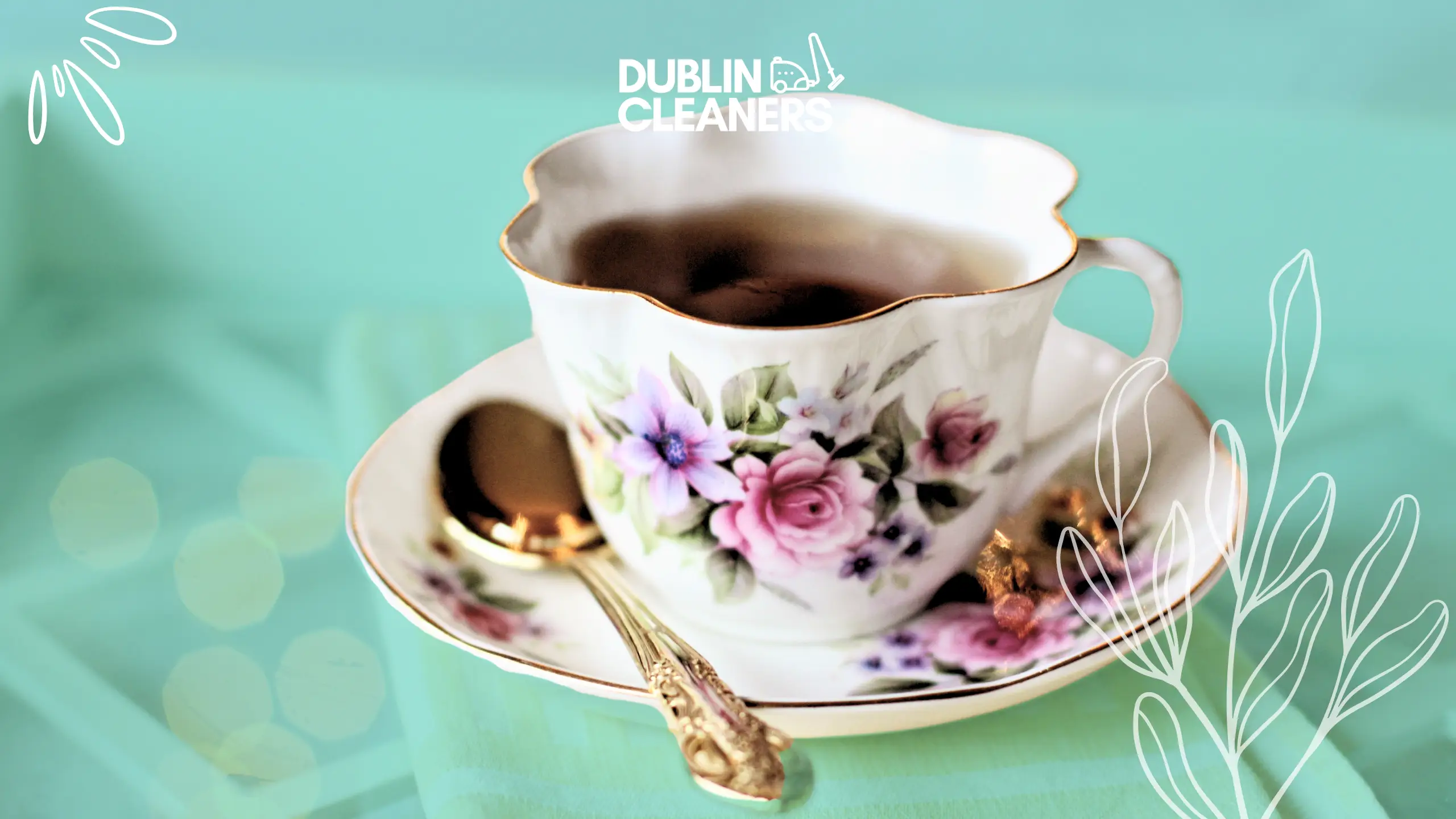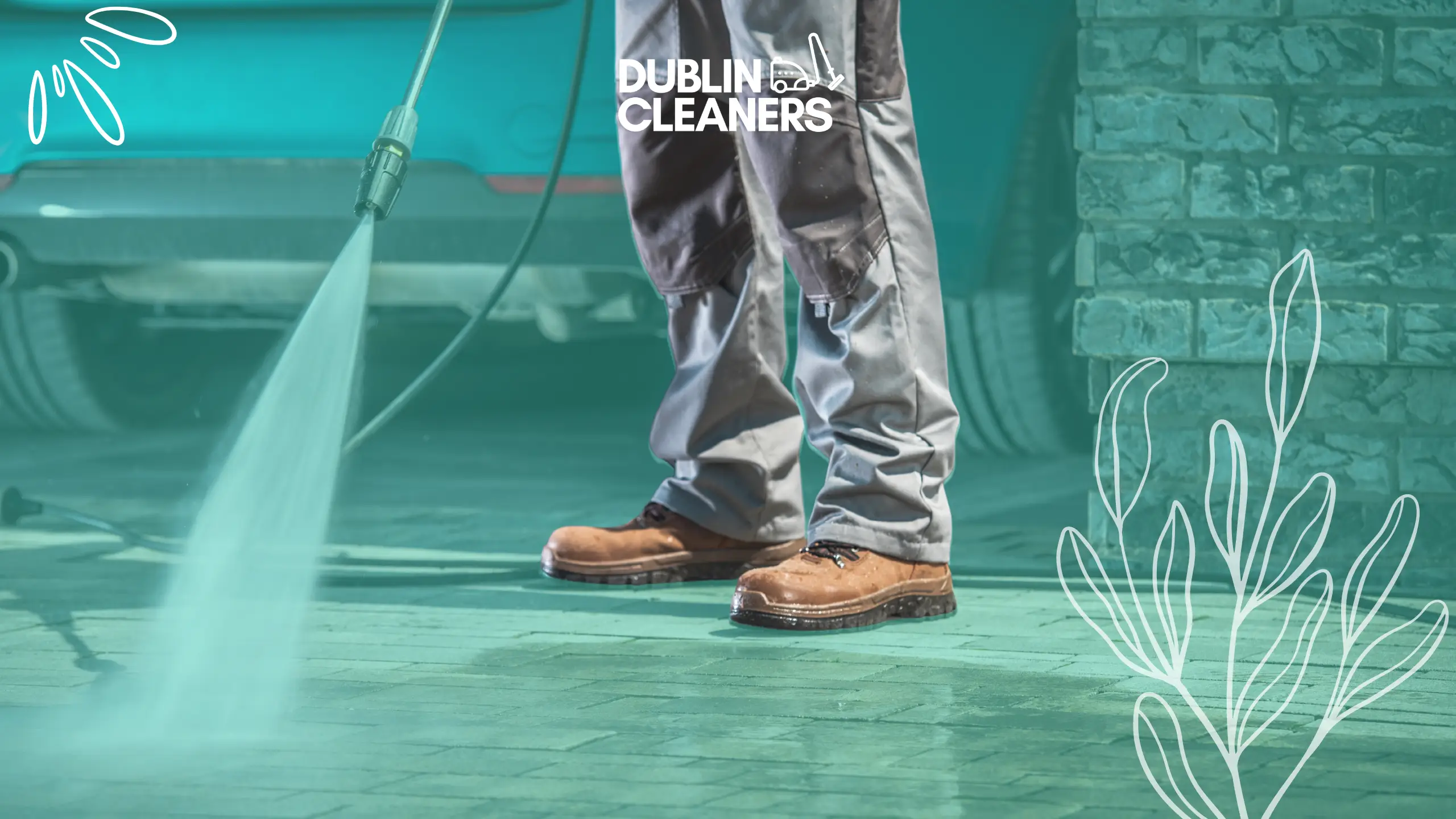Silver looks brilliant—until it doesn’t. It tarnishes fast, dulls even faster, and most people make it worse trying to clean it. Whether it’s cutlery for the Sunday roast, a family heirloom, or jewellery you forgot you owned, silver needs proper care to shine again. Here’s how to do it right, no fluff.
Why Silver Tarnishes (and What You’re Really Dealing With)
Silver doesn’t just “get dirty.” What you’re seeing is a chemical reaction.
- Tarnish = Silver Sulphide
Silver reacts with hydrogen sulphide in the air (even in tiny amounts) and forms a black or grey coating. It’s not rust. It’s tarnish. Still nasty. - High Humidity = Fast Tarnish
Ireland’s damp climate makes things worse. A 2015 study from the Heritage Science Journal found that high-humidity environments (like Dublin homes with poor ventilation) speed up silver corrosion by up to 30%.
“The environment in which silver is stored is often the biggest factor in how fast it tarnishes.” – British Museum Conservation Notes
H2: Best At-Home Methods to Clean Silver
You’ve got options. Some good. Some bad. Some… absolutely shocking.
H3: Method 1 – Baking Soda & Aluminium Foil (Electrochemical Magic)
What you need:
- Glass bowl lined with aluminium foil
- 1 tbsp baking soda
- 1 tsp salt
- Boiling water
- Soft cloth
Steps:
- Line bowl with foil, shiny side up.
- Drop in silver items.
- Add baking soda and salt.
- Pour in boiling water till items are submerged.
- Watch the fizz and science-y stuff happen.
- Remove after 3–5 minutes, dry with soft cloth.
Why it works: This is real chemistry—an electrochemical reaction swaps the tarnish off the silver and onto the foil.
✅ Great for chains, spoons, forks.
❌ Avoid for jewellery with glued stones—boiling water can break the bond.
H3: Method 2 – Commercial Silver Polish (When You Want to Be Fancy)
There’s no shame in buying a proper cleaner.
Good brands:
- Hagerty Silver Polish
- Goddard’s Long-Term Silver Polish
- Town Talk Silver Foam (UK made)
These contain mild abrasives and tarnish inhibitors. Just follow the bottle—don’t overthink it.
💡 Tip: Always use a 100% cotton cloth or microfibre. Paper towels scratch.
H3: Method 3 – Toothpaste (Nope, Don’t Do It)
It’s everywhere online, but toothpaste is too abrasive. It’ll strip away more than tarnish.
According to a 2022 study from Conservation and Management of Archaeological Sites, even non-whitening toothpaste damages silver over time.
“Micro-scratches accumulate invisibly, lowering the value of antique silver.” – Dr. Lara Weiss, Restorative Metals Expert
H2: What Not to Do When Cleaning Silver
You’re probably doing one of these without realising:
- Using vinegar or lemon juice directly – too acidic, causes pits.
- Storing silver in the attic or garage – moisture + sulphur = death to silver.
- Leaving items unwrapped in drawers – silver touches air, air ruins silver.
H2: How Often Should You Clean Silver?
It depends what it’s used for:
- Jewellery worn weekly – clean monthly, lightly.
- Cutlery used daily – polish every 3–4 months.
- Display pieces – wipe with anti-tarnish cloth every 6 weeks.
A 2021 study by the International Institute for Conservation showed that gentle, regular maintenance prolongs silver’s lifespan by 50% compared to occasional aggressive cleaning.
H2: How to Store Silver to Prevent Tarnish
Don’t just clean it—protect it.
H3: Anti-Tarnish Bags and Strips
- Purchase from brands like 3M Anti-Tarnish, Intercept Silver & Jewelry Care Co.
- Lasts 6–12 months before replacing.
H3: Silica Gel Packs
Throw them into drawers or display cabinets—absorbs excess moisture.
H3: Chalk in a Paper Towel
Yup. Good ol’ chalk. It absorbs sulphur compounds in the air.
H2: What About Cleaning Silver Jewellery with Stones?
Do not soak jewellery with porous stones (like opal, turquoise, pearls) in hot water or cleaning solution.
Better option:
- Use cotton buds dipped in warm soapy water.
- Gently rub silver areas only.
- Use a soft cloth to dry.
Even commercial jewellers in Dublin recommend this for stone-set rings and necklaces. (You can check Voltaire Diamonds for jewellery care guides.)
H2: When to Call in a Professional
Some silver is too old, too valuable, or too broken to risk DIY methods. That’s where professional cleaning services—like us at Dublin Cleaners—come in.
You should call a pro when:
- The piece is antique or over 100 years old.
- The tarnish looks rainbow or blue-black—a sign of deeper corrosion.
- The item is engraved and you don’t want to wear down detailing.
“Improper polishing removes a tiny layer of silver each time—it’s permanent loss.” – The Silver Institute, 2020
At Dublin Cleaners, we’ve handled everything from tarnished trophies to 200-year-old serving platters. Our methods are chemical-safe, non-abrasive, and designed for Irish humidity levels.
H2: FAQ – Quick Answers for Common Silver Woes
Can I use silver dips?
They work, yes—but can be too harsh. They strip both tarnish and patina (the aged look some pieces have), which collectors value.
Does wearing silver prevent tarnish?
Weirdly, yes. Your body oils create a mild protective barrier.
Can I clean silver with baking soda and vinegar?
Don’t. This combo is too harsh for silver. It can cause pitting and uneven polish.
H2: Real-Life Examples from Irish Homes
Here’s how cleaning silver plays out locally:
- Kathleen from Limerick cleaned her late grandmother’s silver comb set using the foil-baking soda method. It hadn’t been touched in 20+ years. Came out like new.
- Aisling in Malahide damaged her wedding necklace using whitening toothpaste. Got it repaired by a specialist in Dun Laoghaire—cost €120 for restoration.
- A small B&B in Galway uses anti-tarnish cloths to polish their serving trays weekly. Guests often comment on the shine.
H2: Science Behind the Shine
Let’s get nerdy (briefly).
Silver is a noble metal, meaning it resists corrosion—but it’s still soft. That’s why over-cleaning damages it.
A 2018 study from the University of York showed that regular polishing thins out hallmarks over 10–20 years.
“Cleaning should preserve, not erase history.” – Dr. Helen Carmichael, Metals Conservation Expert
Final Thoughts: Clean It, Don’t Kill It
Silver’s not hard to care for—but it’s easy to ruin.
Stay away from dodgy “hacks.” Stick to proven methods backed by museums and conservationists. When in doubt, ask someone who knows their stuff—like, say, us?
Dublin Cleaners has over 16 years of experience cleaning all sorts of household treasures. If you’re unsure about your silver, drop us a message or stop by. We’re not just about carpets and curtains—we care about heritage too.
“A thing of beauty is a joy forever”—but only if you clean it properly.
Want Help With Silver or Other Delicate Items?
📞 Call us: (01) 856-7896
📍 Visit us: https://dublincleaners.ie
💌 Email: hello@dublincleaners.ie





